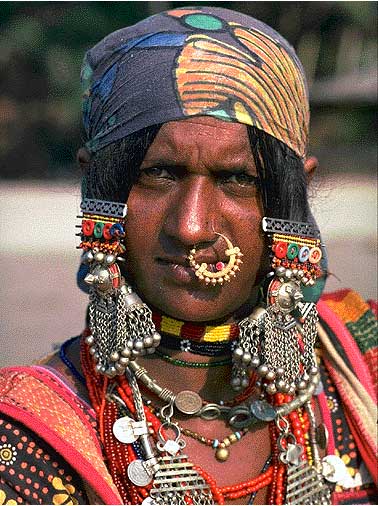Caste System

The invasion of the Aryans formed the basis of the caste system that developed in India. The Aryans stressed the superiority of the lighter-skinned invaders over the darker-skinned indigenous peoples of India.
Indian society was divided into five castes:
-
Brahmins: Initially the priestly caste, the Brahmins were revered for their religious and spiritual knowledge. As the significance of their religious role decreased, they transitioned into roles of learning and became the caste of officialdom and scholarship.
-
Kshatriya: Often referred to as the warrior caste, the Kshatriyas took on roles of kingship and governance. Historically, the Kshatriya class were considered to be direct descendants of the warriors that had conquered India. They also bore the responsibility of protecting their realms and upholding justice.
-
Vaisya: Representing the third tier in the caste hierarchy, the Vaisyas primarily comprised merchants, farmers, and traders. Their contribution was crucial to the economic backbone of ancient Indian society, playing key roles in commerce and agriculture.
-
Sudras: This caste represented the great bulk of the Indian population. Most of the Sudras were peasants, artisans, or individuals engaged in various forms of manual labor. Their contributions were foundational in building and maintaining the material aspects of the civilization.
-
Untouchables: These were individuals often considered outside the traditional Varna system. Labelled as the "Dalits" in later times, they are said to be descendants of slaves or prisoners, and were relegated to performing menial and degrading tasks that were shunned by the other castes. They faced extensive discrimination and were often segregated from the main populace.
I
The rigidity of the caste system was palpable. For centuries, people's lives were determined by their birth caste, which dictated their professions, social circles, and even dietary habits. Marriages were almost exclusively endogamous, meaning they took place within the same caste. Over time, the system became even more complex with the emergence of numerous sub-castes or "jatis".
 >
>